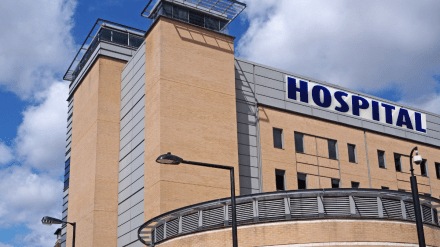From oncology to cardiology and beyond, managements across hospitals specialising in various verticals of healthcare are putting the revised CGHS rates under the microscope to study the net effect of the changes announced.
In some cases like cardiac surgery and knee replacement there has been “a reasonable correction” of up to 50 per cent increase over the previous rates whereas not much hike has been effected in say other areas. Therefore, the net effect is still not clear to most. Also, the sum total across metros, tier 2 and tier 3 cities and towns need to be factored in.
Industry views
Dr B S Ajai Kumar, founder, HealthCare Global Enterprises, a leading chain in cancer treatment describes the move as a “a step in the right direction and as we look at the numbers closely and study the net impact, we only hope at the moment that all the verticals of oncology (chemotherapy, radiation and surgery) will stand to benefit from this.”
Hoping not to see any devil in the detail, a senior executive in a leading hospital chain, who did not wish to be named, says, a quick look does show some concerns. For instance, in areas where volumes (of procedures) are high like angioplasty, bed charges or even basic diagnostics (like x-rays), there has hardly been any increase other than some “minor tinkering in the case of MRIs.”
Nonetheless, at the moment, back of the envelope calculations still indicate an 8 to 10 per cent increase from what they were earlier billing to CGHS. Agrees Sandhya J, Group CFO at Narayana Health: “There is a substantial increase in some pockets of medical treatment in select verticals and while we are still doing the math, it is very likely that the overall increase in receivables under the CGHS could be in the region of 8 to 10 per cent.”
Affect on hospitals’ business
Typically, since for most private hospitals the business coming from CGHS scheme falls in the range of 5 to 10 per cent of the total business, the increases would at best be 8 to 10 per cent in this 5 to 10 per cent of business.
There is a huge interest among the hospitals since prior to this revision, CGHS was operating at 2014 rates, and therefore, the increase now is being seen by the hospitals as revised rates effected over a 10 year period. Therefore, the eagerness to study it closely before concluding whether it all adds up to a net revenue increase or a reduction in the losses.
HCG’s Dr Ajai Kumar reminds: “Historically, the payment has been less for surgery so it is hoped there will be an improvement. Also, there are other schemes like ESI, Ayushman scheme and ECHS and do hope that based on this trend shown with CGHS, all of the others will also see an improvement in rates and it all gets standardised.”
In addition, in a separate statement, the Healthcare Federation of India has welcomed the Government’s decision to revise the Central Government Health Scheme (CGHS) rates. Quoting NATHEALTH president Ameera Shah, it says, “This reform, along with the earlier GST relief, reflects the Government’s commitment to strengthening healthcare delivery and addressing long-standing concerns of the sector. We thank the Government for considering NATHEALTH’s recommendations and acting upon them through this important policy measure.” The CGHS, the statement adds, “is a vital programme for millions of beneficiaries, and the revised rates will improve access to safe and effective healthcare while enhancing system efficiency.”
Also, the statement adds: “to build on this momentum, we suggest that CGHS and other government-sponsored schemes be periodically benchmarked to the Consumer Price Index (CPI), thereby ensuring predictability, sustainability, and a win–win value proposition for patients, providers, and policymakers.”
